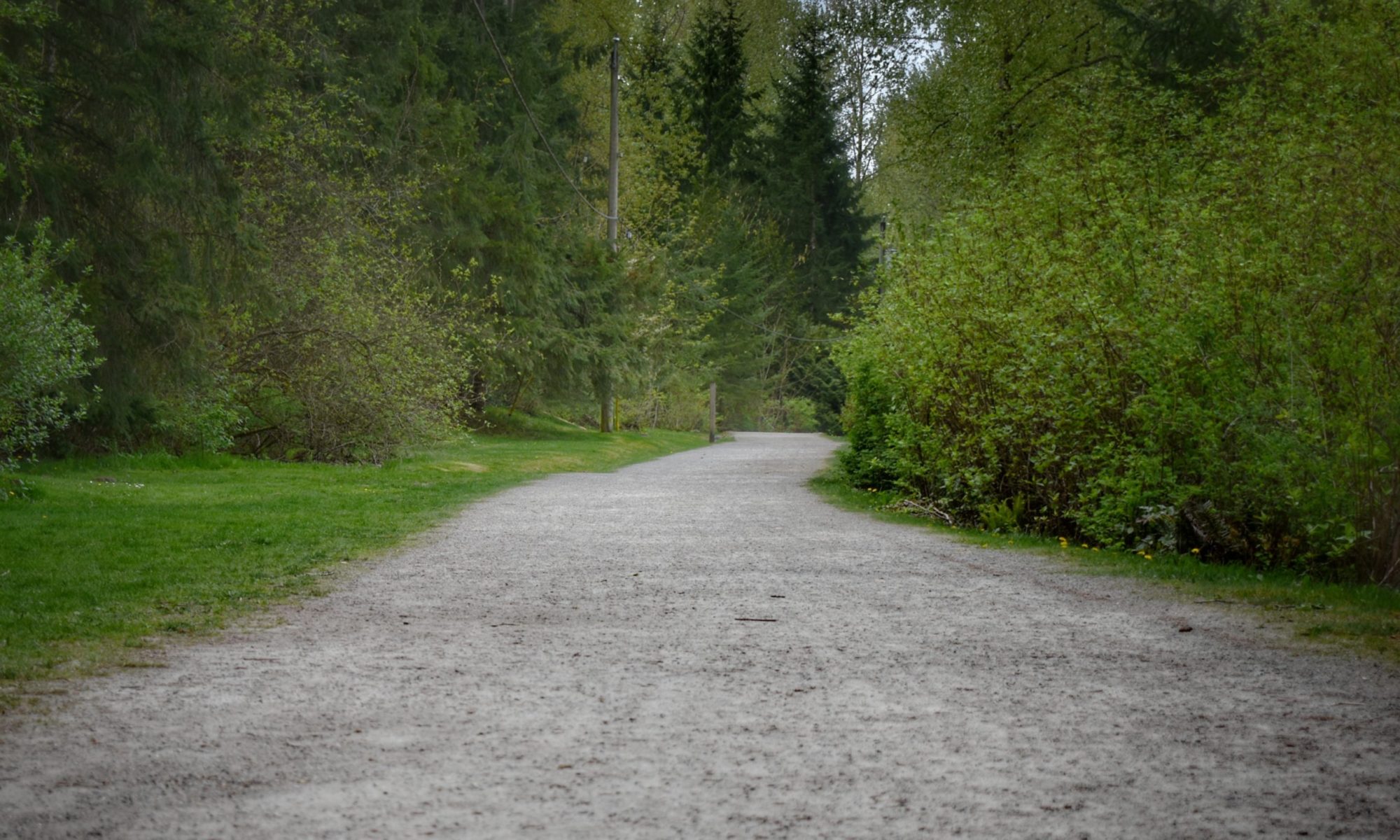Why Cranio?
 Being a Mom was what first brought me to biodynamic craniosacral therapy. Years ago, our family had experienced multiple health and sensory challenges with our little one. We had tried a lot of alternative therapies, and I think a lot of them did help in different ways. I had heard about cranio, and put it off. Finally trying it, I remember our little one’s second appointment. The therapist asking if anything had changed. I was surprised. Less itching, better breathing. Anyone dealing with allergies knows this is a big deal. Later we noticed more behavioral regulation. Also a big deal. Then I tried it for myself. I was hooked. Becoming a practitioner changed me, my relationship with my own body and my ability to go in and out of differing nervous system states with more ease. And last but not least, my ability to feel good. I believe change is possible. It doesn’t always look how we think it will, but I believe it is possible for ourselves and our little ones to come into more ease.
Being a Mom was what first brought me to biodynamic craniosacral therapy. Years ago, our family had experienced multiple health and sensory challenges with our little one. We had tried a lot of alternative therapies, and I think a lot of them did help in different ways. I had heard about cranio, and put it off. Finally trying it, I remember our little one’s second appointment. The therapist asking if anything had changed. I was surprised. Less itching, better breathing. Anyone dealing with allergies knows this is a big deal. Later we noticed more behavioral regulation. Also a big deal. Then I tried it for myself. I was hooked. Becoming a practitioner changed me, my relationship with my own body and my ability to go in and out of differing nervous system states with more ease. And last but not least, my ability to feel good. I believe change is possible. It doesn’t always look how we think it will, but I believe it is possible for ourselves and our little ones to come into more ease.
How do I work with Baby?
There are different ways of working with babies. I usually either have a parent hold baby, have baby on a flat surface, or myself hold baby, whichever one seems best. Sometimes the parent will nurse baby as this can be greatly supportive to baby during cranio. I then place my hands gently on baby in different areas. Examples being head, sacrum, tummy, feet. I gently listen to what is going on in the baby’s body, and support the baby’s system in resolving patterns. Sometimes baby might enter a deep rest. This can happen very quietly and calmly. At times, however, baby may have a “story” to tell. This is not done with language, but through vocalizations and body movements that may be intense. The baby may even get quite upset for a time. Either way, my intention is to support the baby in the best way possible. When upset, the parent and I both let the baby know we are present, while also letting the baby know we are paying attention and acknowledging their suffering. We are letting the baby express and be heard instead of trying to shut the expression down, as we don’t want baby to again put the upset into deep holding/tension patterns.
Babies are very kinesthetic by nature, and sometimes do not want to stay still on the table for a treatment. This is another way I work with babies: I will have the mother lay down and put baby tummy to tummy with mom. Often baby will go through repeating patterns, telling the story of their birth. It’s easy to think the baby has some trauma to work through. Sometimes that is the case, as baby may at some point in the sequence start to “voice” their story, or even seem a little “stuck” or to move through in various descriptive ways. This may be the first time they have had someone fully present to understand what this experience was like for them.
We are also letting the baby “practice” their patterns in an acknowledged way. Early on, as an embryo develops, there is a slow curving inward like a bean and a slow arcing outward. This pattern repeats over and over through development. In many births, the baby spirals as it negotiates it’s mother’s pelvis, also pushing out with its feet and arching back at the final stage, leaving the enveloped womb for the enveloping air. For development to continue outside of the womb in a typical fashion, a baby will curl inward to rest, arc outward pulling itself off the floor, spiral as it learns to roll over, and push with its feet as it learns to crawl and later walk. Practicing their patterns is indeed an affirmation of, and participation in, life.
As a result of cranio sessions with babies, I have heard comments similar to these: “My baby went through huge developmental leaps since last I saw you.” Or “My baby didn’t mind their diaper being changed this time”, a change in environmental sensitization. Or baby might even have a bowel movement before the session is done, when for medical reasons this had not happened in a little while. These results are not promised, but altogether possible. This all points to an internal regulation of fascia, nervous system, and musculoskeletal systems. This can happen when a baby is allowed to practice their patterns in a conscious setting.

